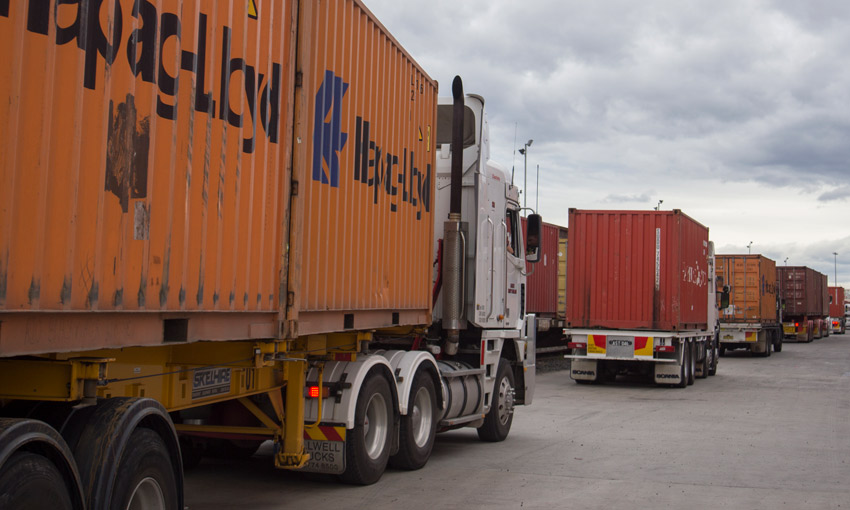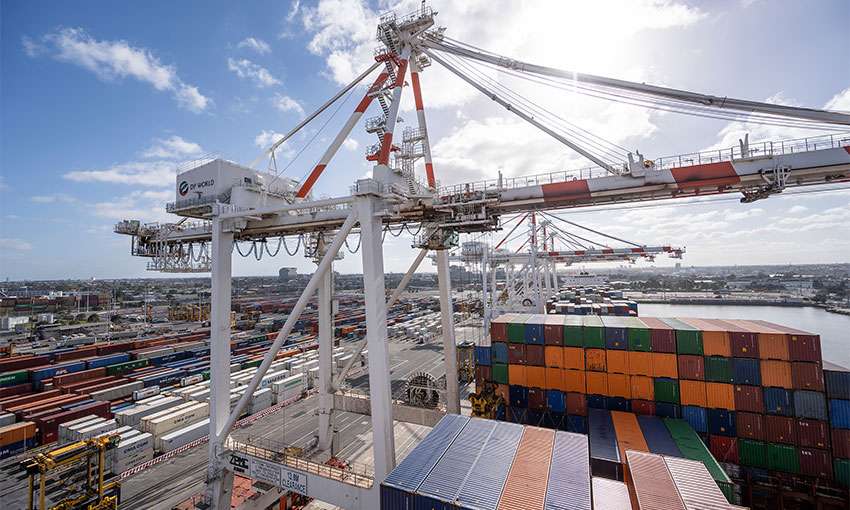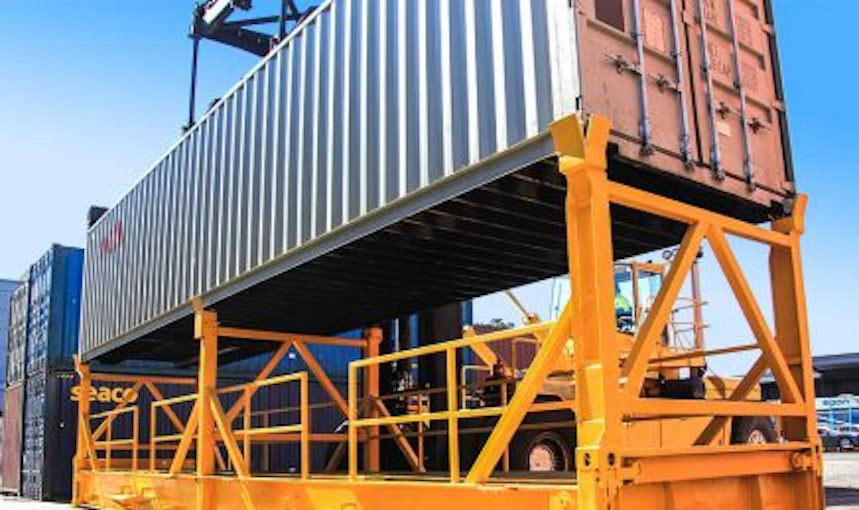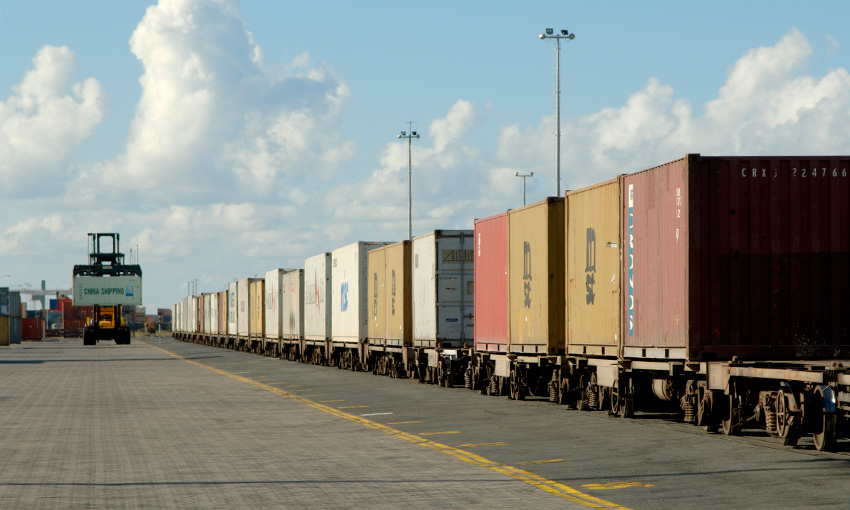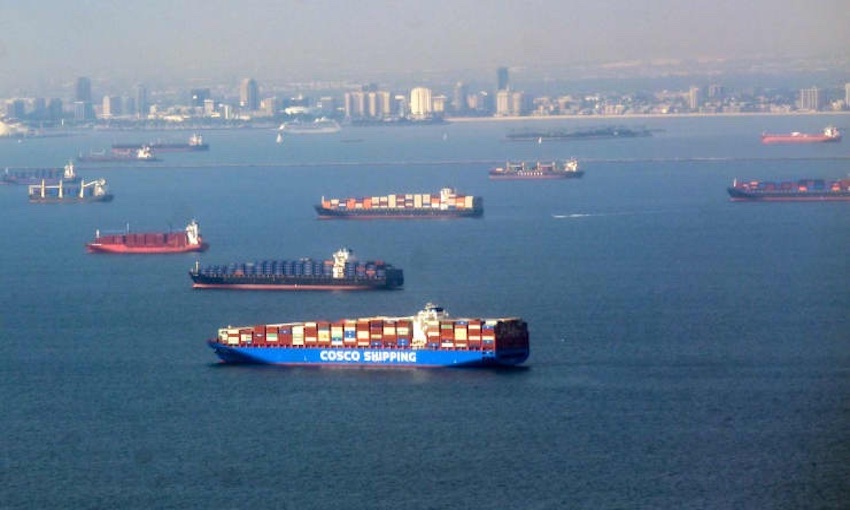LOGISTICS services provider Secon has recently implemented Inbound, a web-based truck appointment system which has eased congestion caused by unscheduled truck arrivals.
Inbound is a digital platform built to control incoming traffic and provide visibility at logistics facilities, reducing the congestion caused by vehicles arriving at random to pick up or drop off freight.
“We realised that the same problems that existed previously in ports and empty container depots around random truck arrivals, congestion, delay, frustration, manual paperwork also exist in lots of other places along the supply chain” Inbound founder and CEO Luke Duffy said.
“We’re talking about container freight stations, 3PL warehouses, airfreight terminals, grain packing sites, contract logistics warehouses, intermodal hubs, rail terminals, construction sites, lots of places where lots of trucks arrive at random and there’s no industry-wide system or platform to control any of it.”
Secon implemented the Inbound system because, although the company had been making LCL freight available for collection for more than two decades, it never had any visibility or control over the external vehicles arriving to collect freight.
“Without Inbound, we may have had five trucks arrive one morning, or 60 trucks arrive another morning,” Secon business development manager Daniel Considine said.
“We had no way of knowing what we were walking into the next day in relation to the loading out of freight, and as such, we could only plan based on educated assumptions and guesses.
Mr Considine said the inability to control the flow of traffic often resulted in congestion as the facility would receive more trucks than it could load out.
“We needed a way to have visibility on next day workloads to adequately plan and manage the capacity of traffic through the depot to remove bottlenecks and truck queuing. Inbound was the perfect solution.”
Mr Considine said the company’s documents are now handled electronically through Inbound, which has eliminated the potential inaccuracy caused by driver paperwork exchange.
“[It also] enables us to utilise our assets and resources better – our warehouses, our people and our mobile plant are far more effective due to better planning and smoothing out the peaks and troughs when managing capacity,” he said.
According to Mr Duffy, the benefits of the Inbound system are long overdue across the industry.
“People ask me, ‘how can it be that in 2022, there are still many logistics facilities operating the same way they have for decades?’ I think it’s because this industry typically doesn’t change unless it’s forced to, or unless something is such an easy proposition to accept that they have no choice,” Mr Duffy said.
“Inbound is designed to be simple – so simple and easy to understand that it is breaking down the industry’s reluctance to change, and lifting the whole industry onto a single technology platform that makes it more efficient and safe for all parties involved. It’s a real game-changer.”
Mr Considine said Inbound opened a lens for Secon to plan, improve, and deliver on service promises that were previously uncontrollable.
“It not only has removed truck queuing but has made us challenge our existing systems and daily processes, ask ourselves why we do certain things, and question how we can do things better,” he said.
“We see Inbound not only as a time-slotting system, but an essential tool for communication both internally and externally, giving the Inbound community full visibility and transparency of depot operations.
“We are looking forward to working with Inbound closely on a few projects to better enhance our service delivery.”

